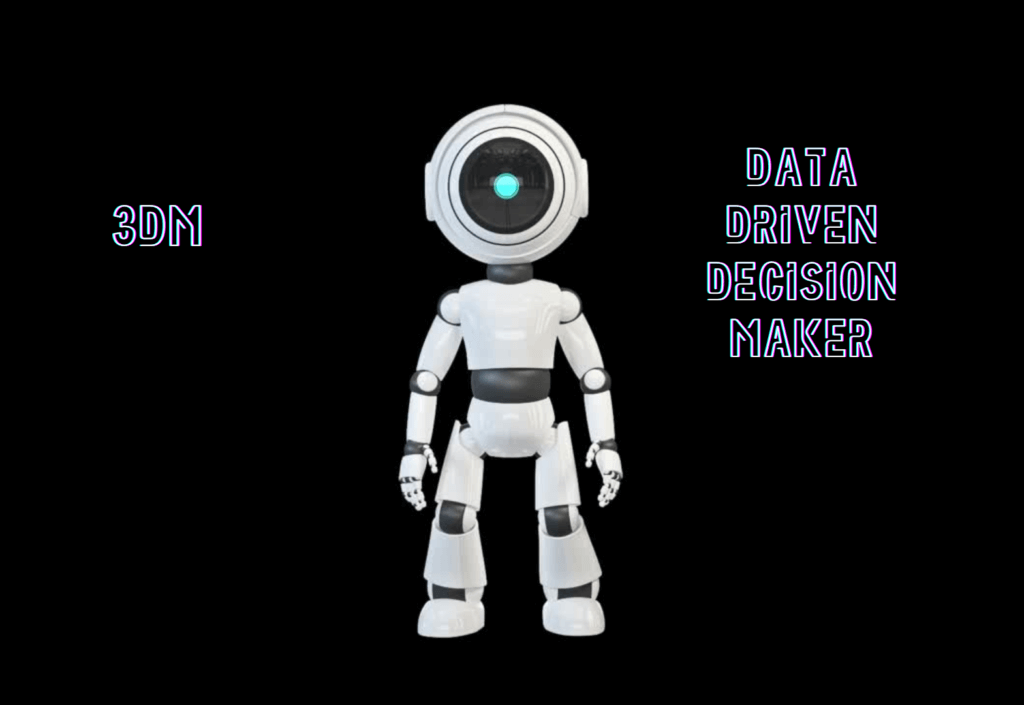Background
AI Assistant by Elit Co.
Course Backstory
Meet 3DM – the Data Driven Decision Maker. The design team at Elit Co. have been working tirelessly to build this AI Assistant. They just finished coding him up to be the next COVID AI detector, but guess what? They forgot to teach him SQL.
By completing the exercises and tasks coming up, 3DM will copy and learn from you while you learn.


AI – the abbreviation meaning Artificial Intelligence – is something you have probably heard plenty of times. The idea of AI is something that seems too futuristic, a concept synonymous with science fictions. But what if I tell that having an artificially intelligent computer is possible, or better yet that you are capable of building one?
How AI works
If you only watched that video once you might be as confused as I was 6 watches ago. No one will judge you if want to watch it again. But if you still don’t get it, don’t worry let me break it down for you and also point out why we are talking about AI.
- Artificial Intelligences are often self-taught using simple instructions (code) – this means is that scientists that create this AIs with advance capabilities are usually not responsible; the AIs just learned, created their own algorithms.
- How do they learn? There are 3 types:
- Unsupervised learning -> this is where the computer uses a set of data to make decisions by looking for patterns in that data set. This type of learning require minimal human interventions.
- Supervised learning -> here the computer is manually taught the patterns. One can build an AI to complete tedious tasks by teaching it that task once by specifying what parts of a dataset mean. There more control from humans with this type.
- Reinforcement learning -> this one is based on feedback. It constantly updates its future decisions based on past data.
- Most AIs learning using a combination of the 3 to advance their decision making.
- An uprising might seem too fictional but this AIs are getting to points where they are doing complex stuff, we surely don’t want the Transcendence to come to life. So we must be careful.
Course End Goal
So what does this all have to do with SQL?
Yes advanced AIs like virtual assistants (Siri, Alexa, Hey Google. etc.) might seem too complicated. But they were built by people from different divisions of the computer science field, and working with data is one of them. In this course you’ll be in the Data Science division.

SQL, as you might know, is a language we use to communicate with databases.
Therefore in this course, you are going to learn how databases work – and in turn learn how AI’s work. YOU will be part of the team that creates an AI that helps the front-line workers at hospitals predict when there’s another pandemic.
